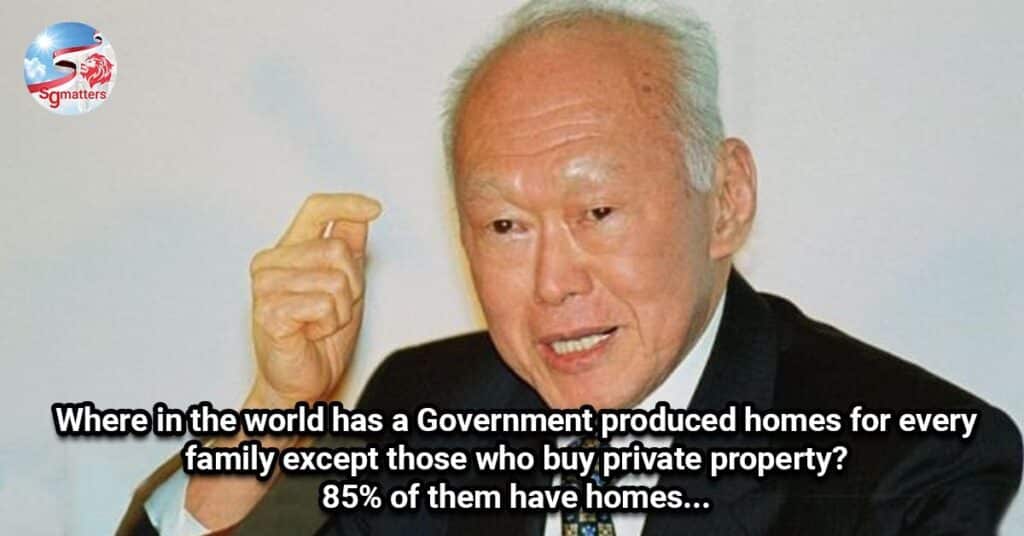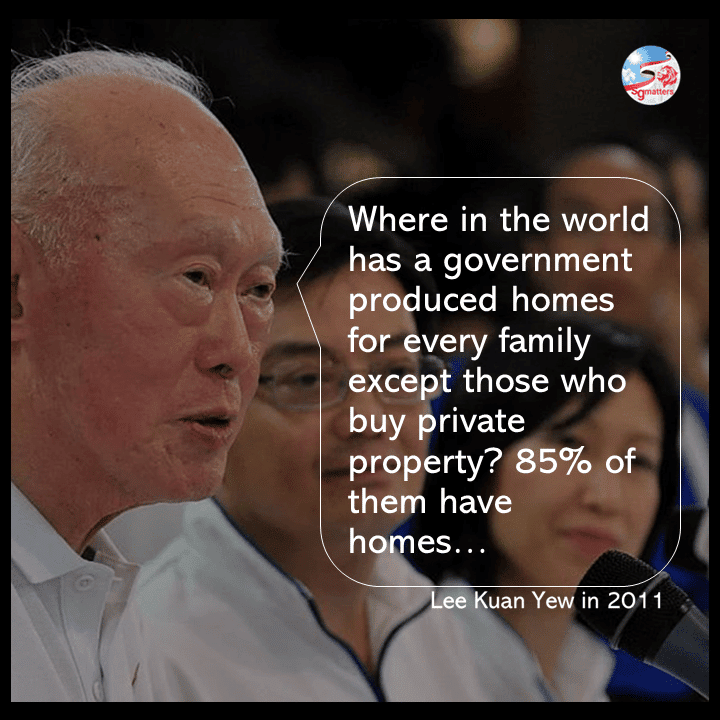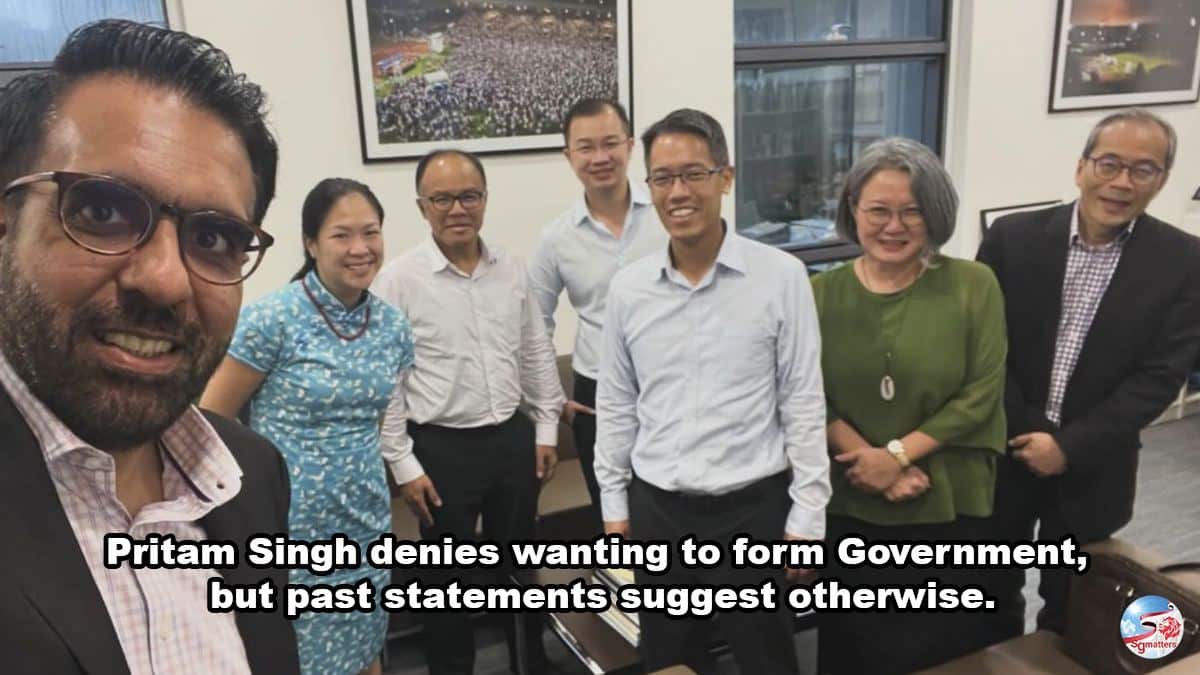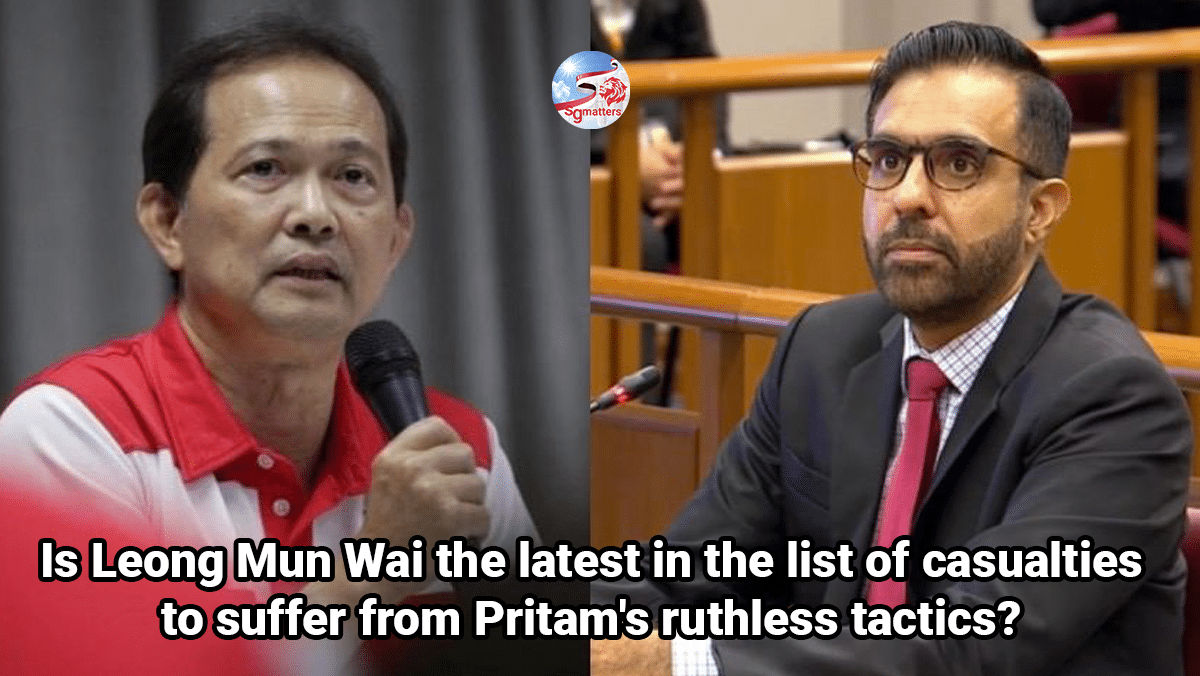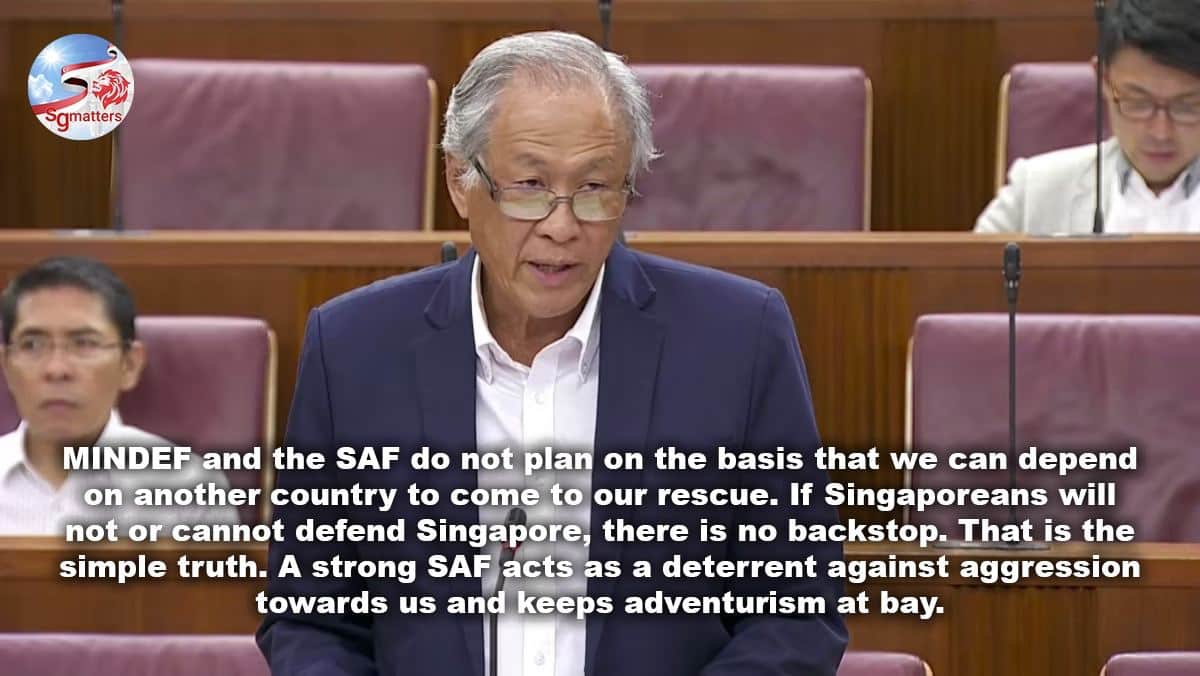Singaporeans love to complain. They want their BTO fast. They want it cheap. And they want it big.
For an island state that is so small – just 719 sq km – Singapore has managed to build homes for 85% of households. Countries with vast lands have not done so.
While many governments have focused public housing programs on the poorest members of society—often allowing the austere concrete blocks to deteriorate into urban slums—Singapore recognized that these homes represented the most significant stake its citizens had in the country’s prosperity.
Buying more than just a roof over your head
Here, public housing is more than just a roof over our heads. These homes come with amenities and convenience. Schools, including popular schools like Raffles Girls’ School and Raffles Institution, are located in housing estates within walking distance or a short bus ride. There are playgrounds for children, shopping malls and food centres for families. Not to forget, beautiful parks where one can head for a stroll, exercise or relax are recreational activities that cost nothing.
Transportation links are excellent, and shelter walkways are everywhere, so one can almost wholly escape the sun and rain without using an umbrella.
Maintaining homes in liveable condition despite age
Where in the world do you find public housing as well maintained as Singapore’s, where the government has committed to entire upgrading precincts when the blocks of flats there are at the 30th and 60th year of their lifespan? 2 HIP (Home Improvement Programme) at 30-year intervals. This takes care of leaking pipes and spalling concrete to ensure that your flat always remains in a liveable condition. The government highly subsidises the cost of upgrading.
Reclaimed land for housing is not cheap
About one-quarter of Singapore today is reclaimed land. Reclaimed land does not come cheap.
Between 1965 and 2015, the HDB reclaimed 3,869 hectares of land – roughly one-third of the total reclaimed land on the island.
A pilot project carried out by the HDB in 1963 reclaimed 48 acres in the Bedok area.
The East Coast Reclamation, dubbed the “Great Reclamation”, added a 1,525-hectare tract along the island’s southeastern coast at $631 million. From this project sprung the entire Marine Parade estate and Katong. Together, they provide accommodation for an estimated 100,000 residents.
To link the housing estates and commercial centres in Siglap, Joo Chiat and Bedok to the city, a major arterial road, the East Coast Parkway, was constructed along the newly reclaimed coast. Parallel to the expressway, a linear park was built to provide recreational space for residents. East Coast Park comprises 185 hectares of parkland and a scenic 15-km beach.
The reclamation of Kallang Basin saw 400 hectares of its swampland filled using earth taken from Toa Payoh. The site was used for public housing and industrial development.
The HDB also reclaimed a stretch along Singapore’s west coast between 1976 and 1978 to create 89 hectares of land for the development of Clementi New Town. The West Coast Highway was also constructed to link Jurong with the eastern part of the island.
Several other reclamation projects included the addition of 44 hectares of land along the coast of Pasir Ris between 1979 and 1980, 277 hectares of swampland off Punggol between 1983 and 1986 as well as the reclamation of 685 hectares of foreshore and wetland along the northeast coast from Pasir Ris to Seletar between 1985 and 2001.
The reclamation of foreshore and swampland along the northeast coast included the reclamation of 155 hectares from the foreshore of Coney Island and Punggol. Much of the new land was reserved for public housing and recreational purposes.
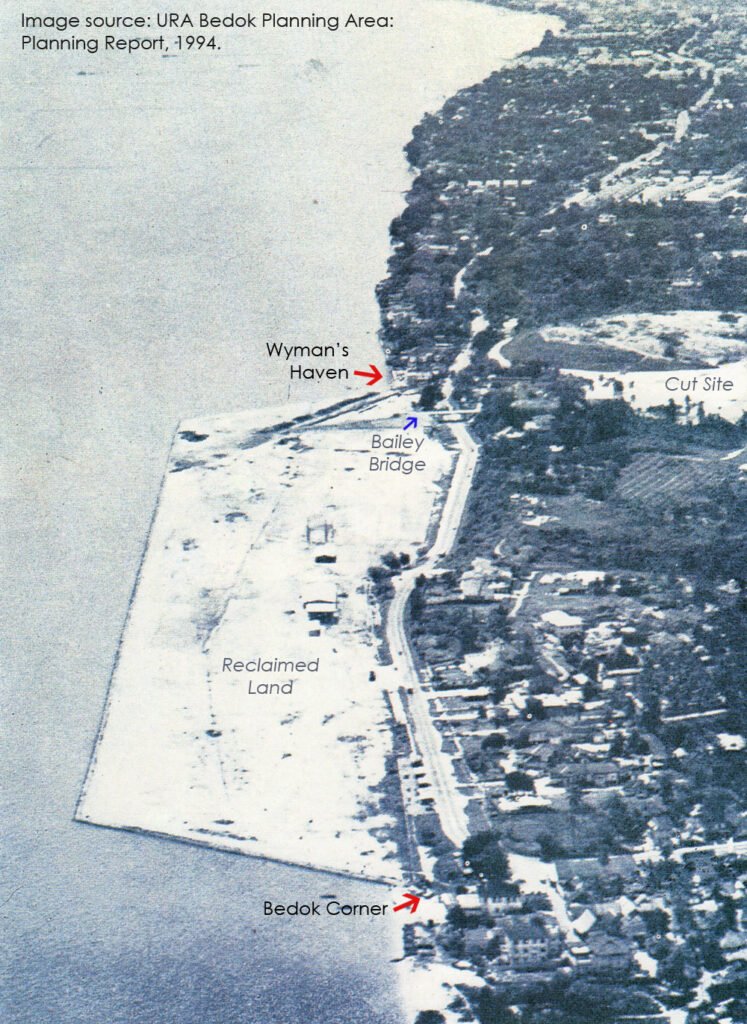
Ever the champion grumbler
An oft-heard complaint is that the HDB flat used to cost only a fraction of what it costs today. Grandma or mama bought hers for $40,000. Today, you have to pay $400,000.
Well, grandma and mama used to pay 40 cents for a bowl of wanton noodles too. Today, if you were to open a wanton stall, would you sell a bowl of noodles for 40 cents? You won’t, and for obvious reasons. So why would you expect prices in the 70s and 80s?
The HDB flat has come a long way, both in terms of designs and amenities around it.
That said, rising prices have been a concern since the pandemic. The number of million-dollar transactions has been a source of consternation.
Taming prices
To tame prices, the government announced a slew of cooling measures which take effect on 30 September.
Among them, there is now a 15-month wait-out period for private homeowners buying HDB resale flats.
The maximum loan quantum limits for housing loans will also be tightened. This is in light of rising mortgage and US interest rates. It will ensure prudent borrowing and avoid future difficulties in loan servicing.
Additionally, the loan-to-value (LTV) limit for HDB loans will be lowered from 85 per cent to 80 per cent. This will reduce the maximum amount of loans buyers can borrow from HDB.
The move is unlikely to impact first-time buyers, though significantly. This is because these buyers are eligible for housing grants, up to S$80,000 when buying a subsidised flat directly from HDB or up to S$160,000 when purchasing a resale flat.
They can also tap on their CPF savings, reducing the loan they need.

